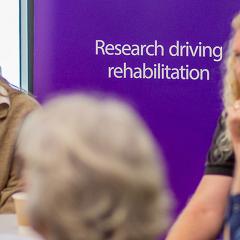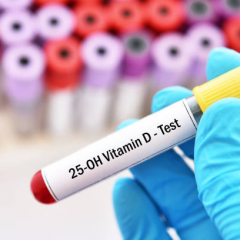A research team at Recover led by Professor Michele Sterling has shown that dry needling, a commonly used procedure for treating the symptoms of whiplash, might not be as effective as once thought. Professor Sterling and her research team tested whether dry-needling was an effective treatment for the symptoms of whiplash injury.
Dry needling is a procedure in which thin needles are inserted into the skin and muscles in regions of the body where an individual experiences pain. Dry-needling is similar to acupuncture, but the two treatments differ in terms of the placement of needles and number of needles used. Some clinicians believe that dry-needling reduces pain by increasing the efficiency of the body’s own pain-fighting system. Clinicians have long debated whether dry-needling is effective as a tool to reduce the pain and disability of whiplash injury.
In Professor Sterling’s study, individuals with whiplash injuries received physiotherapy with dry-needling or physiotherapy combined with a ‘placebo’ dry-needling procedure. The dry-needling treatment involved inserting thin needles in the muscles surrounding the upper spine where the patient reported experiencing pain. The placebo dry-needling procedure involved using ‘sham’ needles in the same sites. The sham needles were designed so that the needle disappeared into its own shaft upon pressure, as opposed to being inserted into the muscle. To the patient, both treatments appeared to be the same, and were associated with the same ‘pricking’ sensation, but in the placebo group, the needle did not actually penetrate the skin or muscle. Both treatments lasted 6 weeks.
After treatment, all patients were asked to complete measures of pain and disability. The results of the study showed that participants who received real dry-needling had slightly greater reductions in pain and disability than participants who received the placebo treatment. However, the two groups did not differ in terms of the degree to which participants rated their level of recovery. Even where differences between the two groups were found, the researchers suggested the differences were too small to be meaningful. It is still possible that as part of a comprehensive rehabilitation program for whiplash injury, dry-needling might contribute to some degree of pain relief, at least in some individuals.
Reference
Sterling, M., Vincenzino, B., Souvlis, T., Connelly, L.B. (2015). Dry-needling and exercise for chronic whiplash-associated disorders: a randomized single-blind placebo-controlled trial. Pain, 156, 635 – 643.



